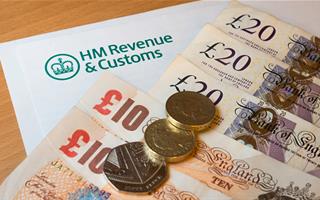With the new financial year beginning, it’s imperative that charities feel prepared for change – and the biggest is Employer National Insurance contributions and Employment Allowance changes announced at the Autumn Budget 2024, which have now come into effect.

Employers will now have to pay increased National Insurance (NICs) but may benefit from the changes to Employment Allowance.
Such changes will now affect almost all charities, as a House of Lords amendment to protect small charities from the rise in NICs was rejected by the House of Commons.
In summary, the changes that have now taken effect as of 6 April 2025 are:
- a reduction in the NICs secondary threshold from £9,100 a year to £5,000 a year
- an increase to the rate of secondary Class 1 NICs from 13.8% to 15%
- an increase in the Employment Allowance from £5,000 to £10,500
- the removal of the Employment Allowance £100,000 eligibility threshold
PAYE payments
The most pressing change for the 2025/26 tax year is that the rate of secondary class NICs has now increased from 13.8% to 15%. This means that employers will now see their PAYE payments increase and charities will need to make sure these payments are accurate going forward.
It is worth noting that even if you are not paying any tax or NI to HMRC, it is still important to register for PAYE so that you can apply for state benefits going forwards. Your payroll provider can also help with this, ensuring that you don’t miss out on essential income.

Employment Allowance
Alongside the changes to NICs secondary threshold, comes news that the Employment Allowance will increase from £5,000 to £10,500 and that the £100,000 eligibility threshold has been scrapped. This means all charities that pay above the NICs secondary threshold for two or more employees, regardless of their size, should now apply for this allowance.
It is worth noting here that all other eligibility requirements remain unchanged. To be eligible you must be a registered employer, be either a business, a charity with employees or have more than two directors earning over the secondary threshold for class 1 National Insurance.
You cannot claim employment allowance if you are a public body, you carry out more than 50% of your work in the public sector, or your company has just one director and that director is the only employee liable for secondary class 1 National Insurance.
It is also worth noting that employees whose earnings are within IR35 off payroll working rules and employees employed for personal household or domestic work (unless they are care or support workers) cannot be included in your employment allowance claim.
If you would like to discuss any of these upcoming changes and how they will affect your business or income, contact the Menzies team